Jaipur
Rajasthan's beautiful Pink City Jaipur, was the stronghold of a clan of rulers whose three hill forts and series of palaces in the city areimportant attractions. Known as the Pink City because of the colour of the stone used exclusively in the walled city, Jaipur's bazaars sell embroidered leather shoes, blue pottery, tie and dye scarves and other exotic wares. Western Rajasthan itself forms a convenient circuit, in the heart of the Thar desert which has shaped its history, lifestyles and architecture.Founded in AD 1727 by Sawai Jaisingh II, Jaipur the capital of Rajasthan is popularly known as the Pink City with broad avenues and spacious gardens. The capital of Rajasthan, Jaipur is steeped in history and culture. Here the past comes alive in magnificent forts and palaces, blushed pink, where once lived the maharajas. The bustling bazaars of Jaipur, famous for Rajasthani jewellery, fabric and shoes, possess a timeless quality and are surely a treasure-trove for the shoppers. This fascinating city with its romantic charm takes you to an epoch of royalty and tradition.Jaipur has been laid according to the conventional nine-grid pattern that astrologers believe to be lucky, and which has been recommended in the ancient Indian treatise on architecture. Each grid consists of a square, and these have been planned so that, at the heart of the city is the City Palace. Spread around it, in rows, are public buildings, the residences of noblemen, the living and trading quarters of merchants and artisans. Straight, wide roads run through the city, while a high, crenellated wall that forms its defense is pierced with seven gateways that serve as entry points. Today, these walls may be more difficult to spot since the city has grown far beyond its original plan, but they are still there, proof that though Jaipur saw no great siege, it was more than adequately prepared for it.Jaipur architectural planning may have been ancient, but its execution was definitely modern. Best represented by the CityPalace complex, it brought together all that was excellent in Rajput and Mughal architecture, creating a new tradition that found wide currency over much of north India. As in the Mughal tradition, the durbar or court areas became much more open, characterised by a series of arched pavilions held on delicately crafted pillars. Ornamentation had always been a part of the state architectural heritage, now it became much more opulent. The private wings of the family also extended their entertainment areas. Since defence was no longer a primary concern, larger, more ornamental windows were built to over look the streets or courtyards outside these wings. Gardens were no longer planned within the internal courtyards only, but were added to the external vistas, and water, a basic feature of Mughal palaces and gardens, was utilized in a similar fashion, in canals and fountains.Jaipur has much to offer visitors everything from pageants and festivals to extraordinarily clad people, a wealth of handicrafts, a royal legacy of palaces, and sightseeing that will occupy their time. However, should the visitors simply choose to walk around the streets of the old city instead, they will not regret it. All of Jaipur is an architectural gem, and no scheduled sight seeing can even hope to do justice to this rare city.
Jaisalmer
The History of Jaisalmer has a charm of its own. Like all other cities of Rajasthan, Jaisalmer too has its own glorious past to boast about. History of Jaisalmer draws heavily from the history of the Rajputana. The city is said to be founded by one Raja Rawal Jaisal, a BhattiRajput ruler, in approximately 1156 A D. Legends go by that he did it on the behest of a local hermit named Eesaal. The raja choose Trikut hill as the new site for his fort. This was because he thought that his previous abode at Luderwa (16 km from present Jaisalmer) was vulnerable towards possible enemy assault.In medieval times, Jaisalmer continued to be on the focus of the masses because of its location. It falls in the way of one of the two routes, which connected India from Persia, Egypt, Africa and the west. The Bhatti Rajput rulers were still in line. They were the sole guardian of the city and thus mustered enough wealth through taxes levied on the passing caravans, of which there was no scarcity.For many years Jaisalmer remained out of bound from the foreign rulers partly because of its location and partly because of its relief. In the mid Thirteenth century, Ala-ud-din Khilji, the Turk-Afghan ruler of Delhi laid the siege over the city. He was apparently upset with the Bhatti Rajput rulers because they stopped and looted one of his caravans containing royal coffer which was on its way to Sind. The siege lasted for around 9 long years and when the fall seemed eminent the Rajput womenfolk of the city committed Jauhar (self Immolation to avoid disgrace).It is said that Duda, the son of Raja Jaisimha, fought vehemently in the battle but was overpowered after the fierce hand to hand combat. He died fighting. His descendants continued to rule the city. Though they had a cordial relation with the Mughal rulers in Delhi, they fought unsuccessfully with Emperor Humayun. Emperor Shah Jahan gave the right of governance to Sabala Simha, who had the royal patronage and had shown remarkable valor to win the Battle of Peshawar.In the modern era, Jaisalmer was still a tough nut to crack and was the last among the Rajputana royals to sign the 'Instrument of Agreement' with the British establishment. Even that was achieved after long hours on the negotiation table and after much cajoling from the British establishment in India. In the year 1947, royals signed the agreement to remain in just independent India. Since then it has developed itself into a major touristdestination as well as a cultural hub of the western India.
Jodhpur
Jodhpur "The Sun City" was founded by Rao Jodha, a chief of the Rathore clan, in 1459. It is named after him only. Jodhpur in Rajasthan, India was previously known as Marwar. Jodhpur is the second largest city in Rajasthan. It is divided into two parts - the old city and the new city. The old city is separated by a10 km long wall surrounding it. Also it has eight Gates leading out of it. The new city is outside the walled city.Jodhpur is a very popular tourist destination. The landscape is scenic and mesmerizing. Jodhpur city has many beautiful palaces and forts such as Mehrangarh Fort, Jaswant Thada, Umaid Bhavan Palace and Rai ka Bag Palace. Other charms of Jodhpur include Government museum and it's beautiful Umed garden. The city is known as the "Sun City" because of its bright and sunny weather throughout the year. Read on for more Jodhpur information.
Udaipur
Udaipur is a beautiful city, set amidst the Aravalli Ranges of Rajasthan, India. Known for its picturesque lakes, Udaipur also called 'the city of lakes'. The elevated hills and the beautiful lakes make a picture-perfect backdrop to the Udaipur city. Udaipur is regarded as one of the most romantic cities of the World and subsequently, also known as the 'Venice of East'. In context of Rajasthan, Udaipur is the second most-sought after tourist destination of the state, the first being Jaipur. Udaipur had been the capital of Mewar for centuries.Though termed as the city of lakes, Udaipur has many more attractions that catch the attention of the tourists with their charm. The city boasts of various museums, palaces, gardens, monuments and colourful festivals that allure tourists to visit the city for once. The mighty palaces with their exquisite locations transport you directly into the royal Rajputana era; Lake Palace, for one, has been accredited for being one of the most romantic places all across the globe. The massive forts of Udaipur grab the interest of people with their sheer structure and architecture. The beautiful temples create a sense of aestheticism with their spiritual ecstasy.The lakes acting as oasis under the scorching sun propels a sense of calm along with reminding you at once of the city of Venice. The festivals, altogether colorful and lively, with their frenzies and huge scope cast a spell worthy enough to keep you too in spirit for days to come whereas the serene gardens, which lend the city its second adoptive name- The Garden City of Rajasthan, are an epitome of how the natural order manages to make its way to flourish even in the desert, uninhibited. Last but not the least, anyone even a little interested in digging in the past too is fed by through artifacts and what not that still survives in the heart of the city through museums.Undoubtedly, Udaipur is undoubtedly a dream destination for a romantic holiday. Every year, thousands of tourists come from all over the globe to visit this romantic city. Udaipur is easily accessible from all the major cities of India including Delhi, Mumbai and Jaipur. So, if you are tired of your hectic schedules and daily routine, then plan a trip to the city of lakes to lighten up your worries and tensions. A tour to the romantic city of Udaipur would certainly become an unforgettable part of your memories and you will cherish these memories throughout your life.Pushkar
15 km north-west from Ajmer, in the state ofRajasthan, on the desert fringe lies a tiny tranquil town called Pushkar, along the bank of the picturesque Pushkar Lake. One of the holiest and oldest cities of India, Pushkar is a favored destination for thousands of tourists and devotees. As per legends, Pushkar boasts of over 400 temples, ghats and palaces revealing an entirely different picture of the city. An important pilgrimagespot for the Hindus, Pushkar is home to the only temple of Lord Brahma in the country as well as the world. Lord Brahma is known as the creator of the world, as per the Hindu mythology.Pushkar is situated at a height of 510 meters, surrounded by hillocks on three sides. The 'Nag Pahar', or the Snake Mountain, forms a natural boundary between Ajmer and Pushkar. The sleepy, lakeside settlement of Pushkar is of great mythological significance. According to Hindu mythology, lotus petals incidentally fell from the hands of Lord Brahma on the ground at three places, from where water immediately sprouted, which lead to the creation of three lakes, Pushkar Lake, Madya Pushkar Lake and Kanishta Pushkar. Pushkar is one such place where Lord Brahma performed “Yagna”.Pushkar Camel Festival is the best time to witness the kaleidoscopic picture of this part of Rajasthan. The riot of colors and liveliness is evident from swirling dancers, tented camps, intricate artwork and towering camels. Thousands of Hindus from across the globe come to Pushkar to take a dip in the holy waters of Pushkar Lake. All in all, Pushkar radiates an ambience of peace and spirituality that casts a lure to visit again and again. Visit Pushkar and catch a glimpse of the unrevealed part of this otherwise drowsy and quiet town begetting a legacy of timeless architectural heritage.
Bikaner
Ajmer
Located in the heart of Rajasthan Ajmer is a small town with a very interesting past and in todays world growing facets of growth and development in aspects of Culture, Education, state and privately owned Industrial & infrastructure establishments coalesce towards the fascination for trade tourism and investments in the district.In a picturesque valley surrounded by the hills of the Aravali range, 132 Kms. west of current state capital - Jaipur lies the historic city of Ajmer- a green oasis, wrapped by barren hills founded by Raja Ajay Pal Chauhan in 7th century A.D.. Ajmer got its name from name from 'Ajay Meru' or the invincible hill. Here he built India's first hill fort, Taragarh. It continued to be the power center of the Chauhan clan till the end of the 12th century, Through times of War and peace. Through serenity and sacrifice.Today hundreds of years later Ajmer is a popular pilgrimage center for the Hindus as well as the Muslims. As the final resting place of the great Sufi Saint Khwaja Moinuddin Hasan Chisti. Muslims from all over the world revere the Dargah Sharif, where the saint lies buried and locally equally revered by both the Hindus and the Muslims.As an aside, Ajmer is also the base for visiting Pushkar about 14 kms. away. The abode of Lord Brahma the Pushkar lake is a sacred spot for the HIndus, where they take a dip especially in the month of Karthik and considered spiritually motivated.Thus, Ajmer is a perfect place that can be symbolized for demonstration of Indian culture, ethics and display of perfect blend of wide plethora of diverse religion, community, culture, linguistics etc. all coexisting and flourishing in peace and harmony. Besides local Hindus and Muslims several communities like Gujarati, Marathi, Malyali and other south Indian Communities, Sikh, Catholics, Parsi etc. Historically Ajmer being a centrally administrated state.
Bundi
Bundi just 36 km from Kota is a tiny picturesque town. One of the unexplored cities with a rich historical wealth. Once a part of Kota, it was ruled by the Had Chauhans - a offshoots of the famous Chauhan clan who ruled Delhi and Ajmer.In 1193 AD when Prithvi Raj Chauhan was defeated by Sultan Mohammed Gauri, some Chauhan nobles seeked shelter in Mewar and became allied to the Rana while other young warriors moved towards the Chambal valley and overpowered the Meena and Bhil tribals - thus establishing their own kingdom of Hadoti. Later, two branches of Hadas formed tow separate states of Kota and Bundi, on either side of the River Chambal.Bundi is surrounded by the Aravalli hills on the three sides and is circumscribed by a massive wall with four gateways. Interesting monuments including impressive medieval forts, palaces, havelis, temples with beautiful stone idols and chattris with carved pillars, along with a picturesque lake in the heart of the town, add to its charm. Bundi is very famous for its intricate carvings and murals.











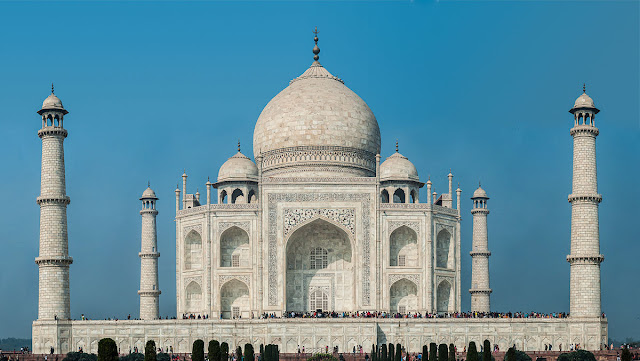







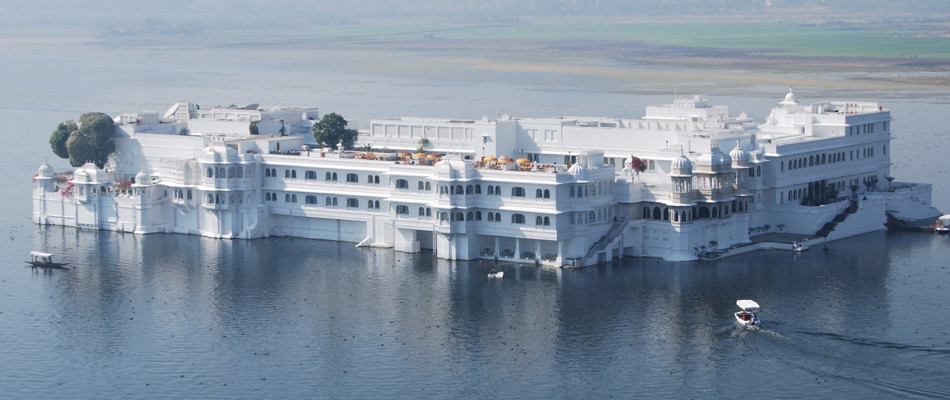
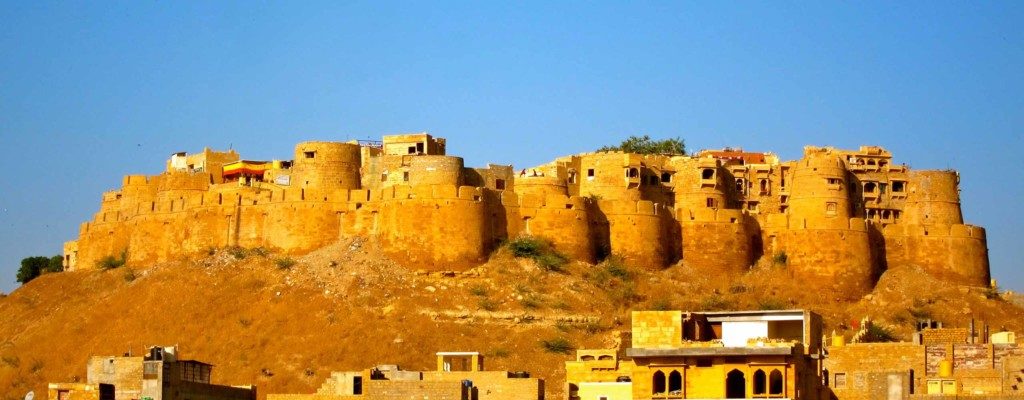
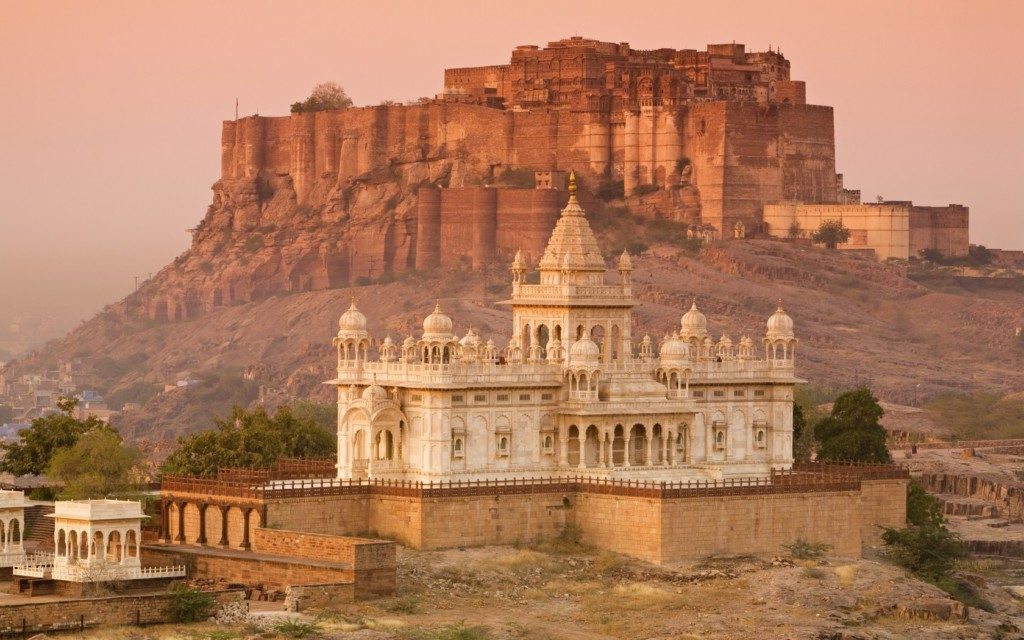
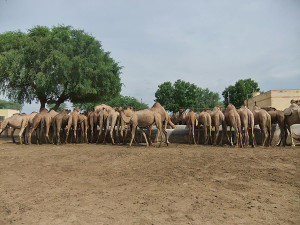
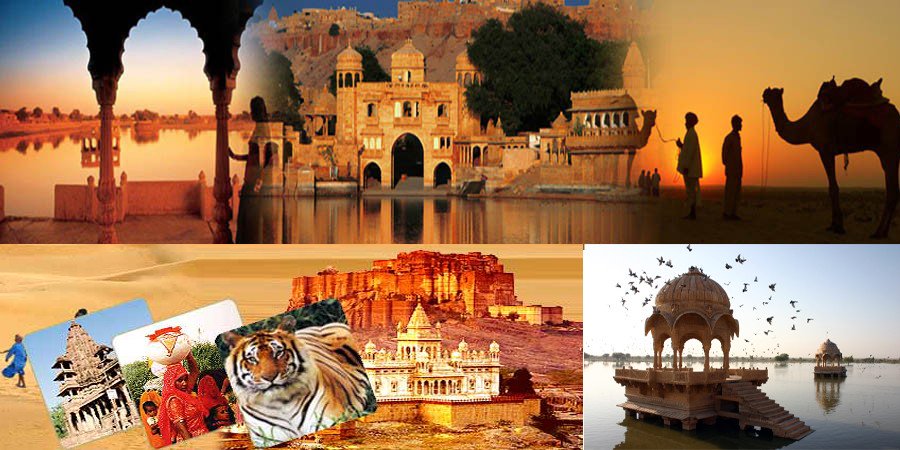






















.jpg)






